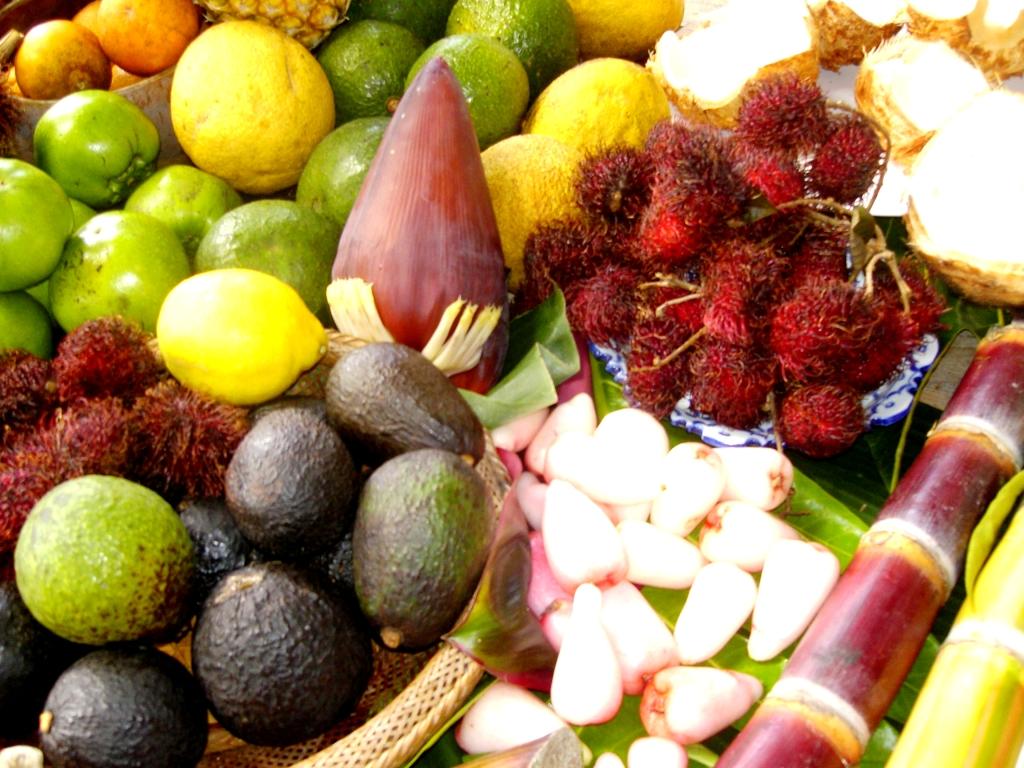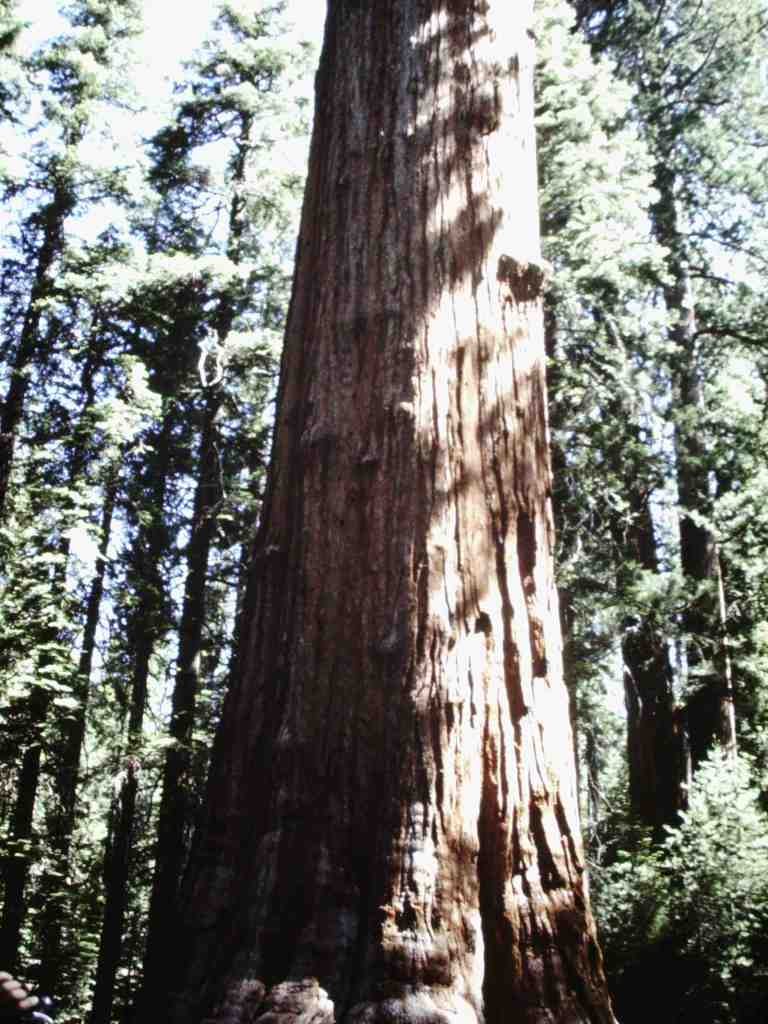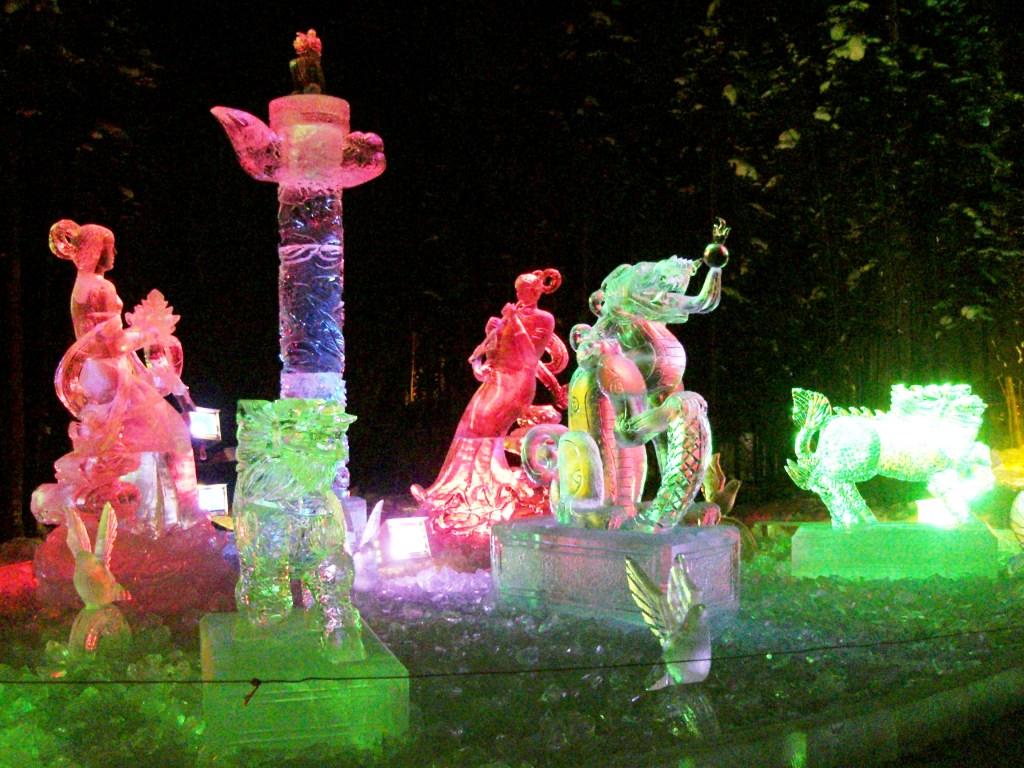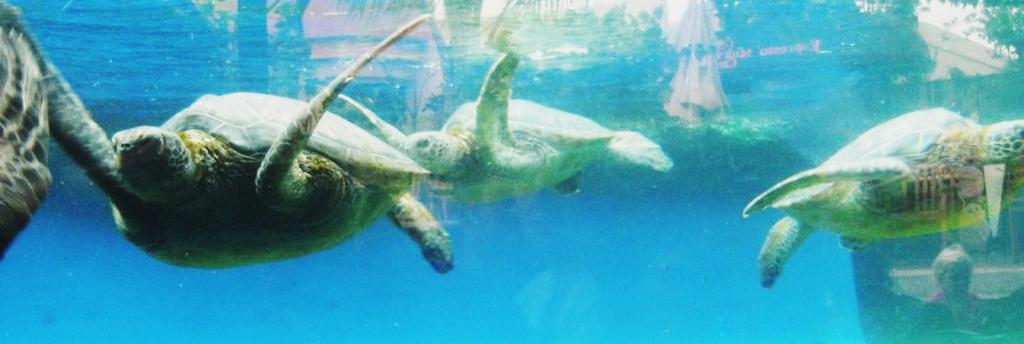The road narrows to a single lane. On my right is a cliff. On my left is the downside of the cliff: No guardrail, and a thousand foot drop into the Pacific. A truck coming the other way thinks it’s going to get by me. It doesn’t have a choice: There is nowhere else to go. I edge against the cliff and hold my breath, feeling like I’m in Harry Potter’s Magic Bus at it squeezes through London traffic.
The Hana Highway began as an ancient Hawaiian coastal footpath that wound its way around the northeast coast of Maui. As a foot trail it makes perfect sense: Stunning scenery, waterfalls, dramatic ravines. As an auto road it lacks some of the basics: Enough space for two cars on a two-way road, guardrails, lights, and any kind of services. Locals say it’s about the experience, not the destination, something that’s worth remembering as you navigate the endless blind curves and single-land bridges and try not to think of the thousand feet of empty space between you and the ocean.
Hana: What You’ll Find in the Back of Beyond
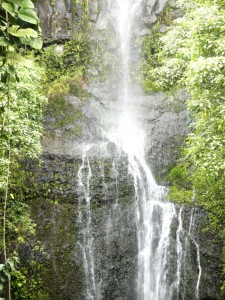
The road to Hana may be about the experience but the destination is worth a look, too. While many people do the drive to and from Hana in a day, it’s more enjoyable to break the round-trip up into two days. Hana, as a unique Maui outpost, is worth the stop.
The town itself is small, seemingly forgotten by time, and certainly forgotten by Starbuck’s and McDonald’s. About 700 people live in and around town, some off the grid, and another 1300 are spread out in the surrounding countryside. Accommodations range from camping to B&Bs to villas and home rentals to the justly famed Travaasa Hana hotel, a laid-back luxury kind of place that specializes in island ambience, food fresh from local farms and fishermen, and relaxation. Activities include farm tours, a visit to the Hana Maui Botanical garden, horseback riding, snorkeling, and beach-sitting. But most of all, it’s a place where “Aloha” spirit is alive and well and quietly pervasive.
Tips for Driving Maui’s Highway to Hana
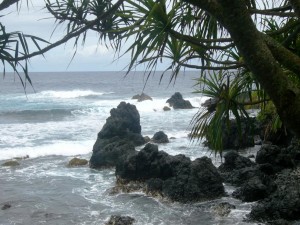
Although it only 52 miles from the start of the Hana Highway near Kahului (where Maui’s major airport is) to Hana, don’t be fooled: if you aren’t used to blind curves and hairpin turns, the drive from Kahului can take up to 2 1/2 or 3 hours. Locals, often recognized by their battered pick-up trucks, do it (much) faster, and island etiquette says if someone is trailing you, let them pass at the next available pull-out: Usually, they have some place to go. For the last 29 miles of the trip, the speed limit is almost never more than 25 miles an hour, and frequently drops to 10.
One warning: Tourists who plan to stay in Hana for their vacation, and who are arriving in Maui after a long flight from the mainland, should plan an overnight stop in Kahului. Tackle the drive in the morning, after a rest. The trip is something to enjoy, not something to get over with, plus it takes concentration.
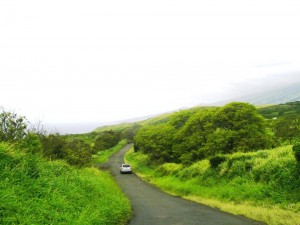
If you’re the road-less-traveled kind, you’ll want to know that it’s possible to make a loop around this end of Maui by continuing on past Hana clockwise and driving over the much drier volcanic slopes of Haleakala, Maui’s highest mountain, back to the central part of the island. This journey, is, if anything, even more remote than the Hana Highway, on roads that are often washed out and are not always paved. Some rental car agreements put this road off-limits, so check both rules and conditions before setting out.
Practicalities
- If you intend to drive to Hana and back in one day, get an early start. Remember, sunset falls early in the tropics.
- It’s possible to drive the highway to Hana at night, but mainland city drivers may find the combination of 180-degree curves, cliffs, and pitch-black unnerving. For drivers comfortable on dark, curvy country roads, there’s less traffic at night, and ongoing headlights announce whether other cars are approaching the blind curves.
- Gas up before starting out; there’s nowhere to stop. Same goes for food and drink.
- Look at the road, not the views. For those wanting to take in the views, there are plenty of pull-offs and parking spaces.
- The bridges are one-lane; first come, first served (like at a stop sign, except that if several cars are lined up one in back of the other, the whole line goes at once rather than taking turns. Locals say it’s faster that way).
Updated 2020. Still a challenging road. Still no fast food. Still full of aloha spirit.
